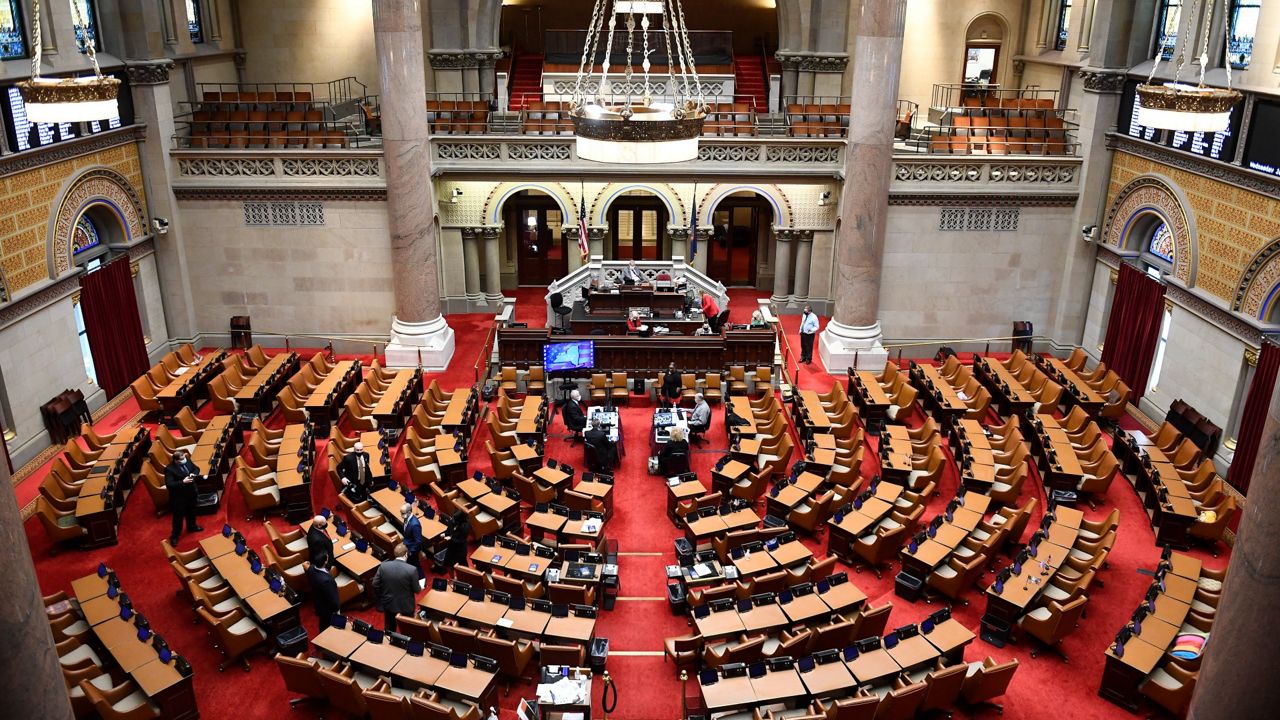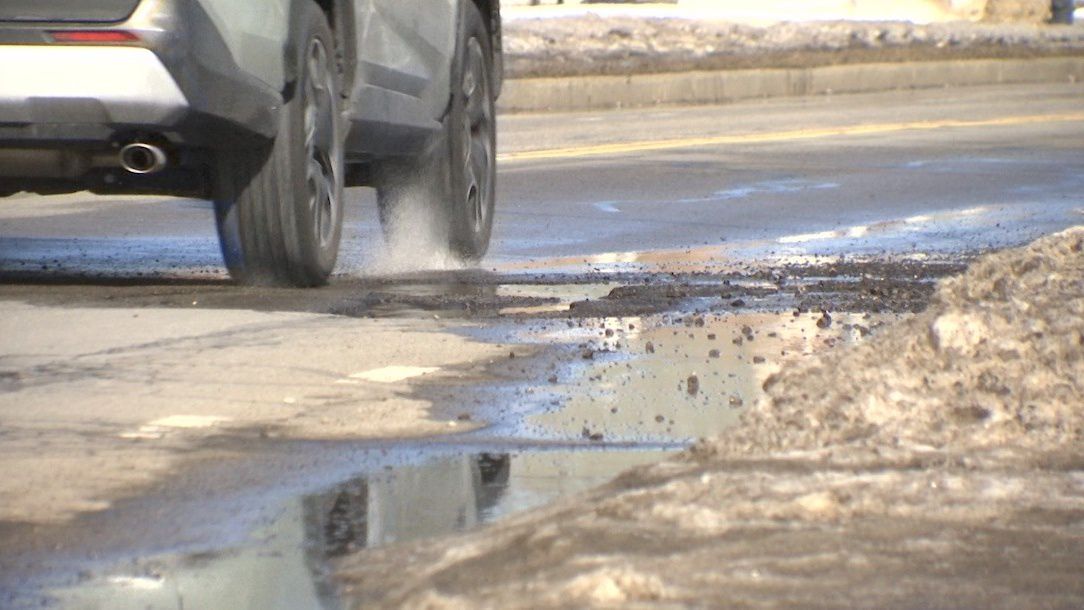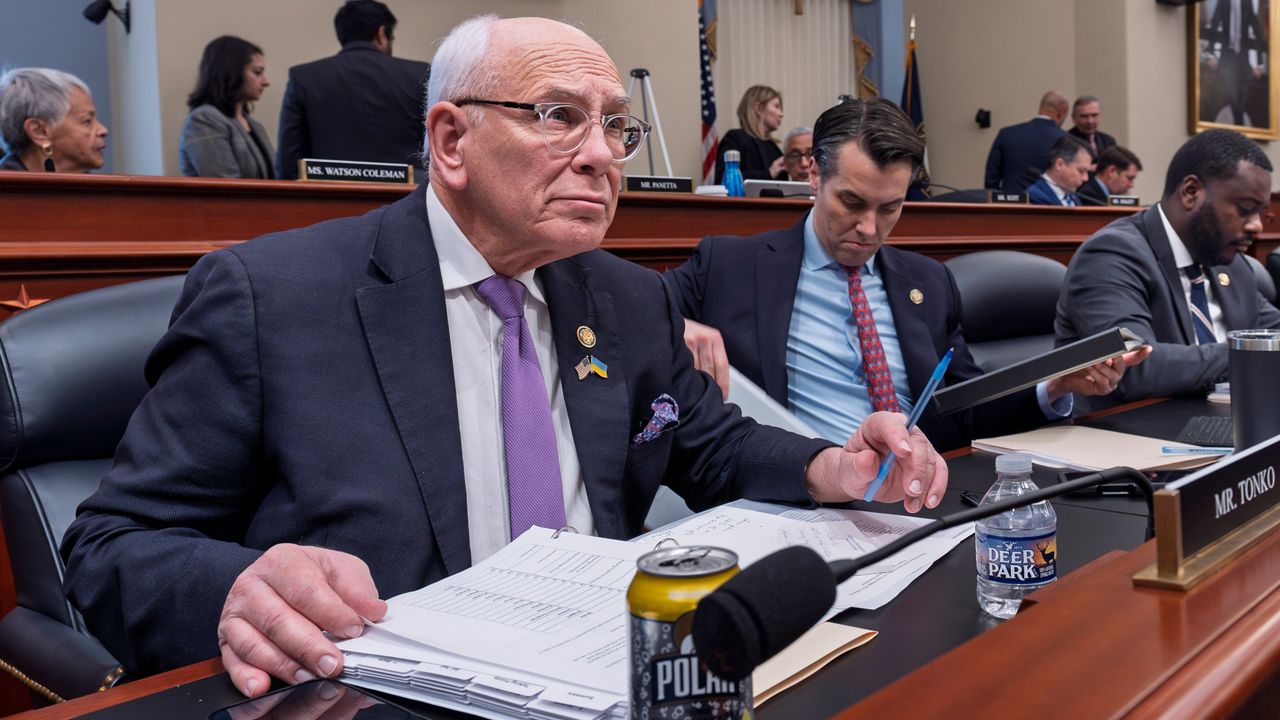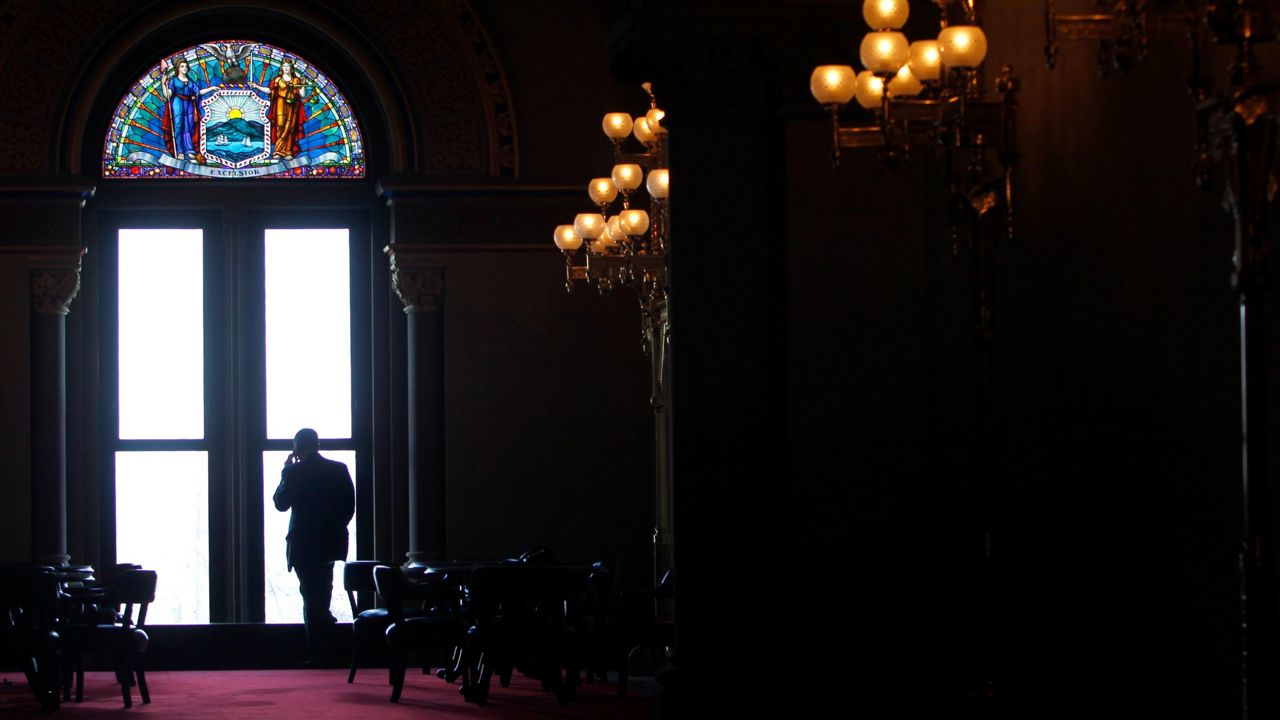Animal and environmental rights groups want Gov. Kathy Hochul to sign a bill into law that would increase the prevalence of wildlife crossings on New York roadways and reduce vehicle and animal collisions.
The Wildlife Crossings Act passed with wide bipartisan support this session with the intent of saving money — and saving lives.
Over 65,000 vehicle accidents with deer take place in the state each year, and more than 1 million nationwide, which costs over $8 billion in related damages and medical costs, said Brian Shapiro, New York director of the Humane Society of the United States.
"There's no reason for New York not to take advantage of this great opportunity," Shapiro said. "Many other states are taking advantage of this."
The legislation, if signed into law, will not create an unfunded mandate — and only allows New York to utilize available federal funds to identify areas for potential crossings.
The federal Infrastructure Investment and Jobs Act included $350 million for the Wildlife Crossings Pilot Program to reduce wildlife and vehicle collisions nationwide. The state Department of Transportation and the state Thruway Authority would use the federal funds and identify sites for wildlife crossings.
The state departments will survey highways, thruways and parkways across the state best suited for alternate paths to protect the natural habitat.
"There's so many ways to create proper wildlife crossings — there's no single formula," Shapiro said, adding crossings reduce collisions and risks to motorists, which will likely save money in the long run.
Crossings are typically bridges or tunnels built near an overpass with wild vegetation, and are usually unnoticeable to drivers. Fencing around existing culverts is also an option to improve public safety.
"You'll have bear, deer, bobcats, critters all using these areas once they know that it's there," Shapiro added.
States like Florida and California, and other countries have built brides or tunnels for wildlife around roadways for years and supports argue their shows it's time for New York to catch up.
J.P. Rose, policy director with the Center for Biological Diversity's Urban Wildlands Program in California, is excited about crossings being built in his state, and said they've reduced collisions up to 90% and improve wildlife's genetic diversity.
"We're providing opportunities for these beautiful animals to find ways to move across the landscape and find mates and continue to survive here," he said.









